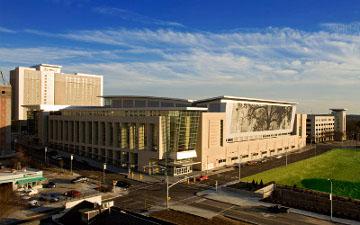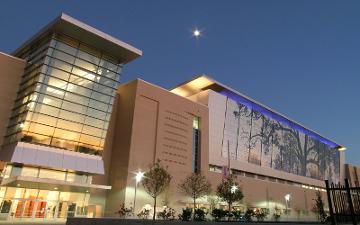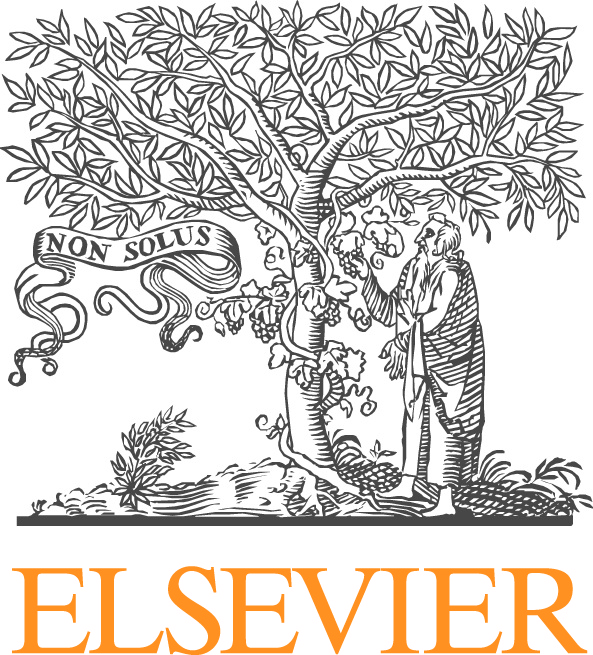
Computational Methods for Materials with Intrinsic Microstructure
Dennis Kochmann, Christian Linder
The objective of this minisymposium is to bring together researchers working on the development of numerical techniques for the description, understanding and prediction of the physical properties of materials with intrinsic microstructures. The recent tremendous increase of computational resources has enabled such methods to model complex random microstructures in realistic material models. Contributions presenting computational techniques within the framework of the finite element method, meshfree methods, atomistic simulations, or density functional theory applied to model microstructural-driven phenomena are welcome for a variety of materials, including soft materials such as elastomers, non-woven fabrics, cellular foams, hydrogels and soft biological tissues, as well as hard matter solids such as metallic or cementitious materials, glasses and ceramics. Emphasis is put on the bridging of scales, linking macroscale properties to microscale mechanisms, for example through homogenization approaches accounting for a material’s intrinsic microstructure.
We invite multidisciplinary contributions concerned with (but not limited to) the multiphysics and multiscale problems involved in man-made and natural materials, such as e.g. those with inherent network microstructures made of flexible or semi-flexible chains, microstructural pattern formation in crystalline solids due to plasticity, phase transitions or twinning as well as composite materials or structural materials where macroscopic properties are designed by microstructural architecture.










